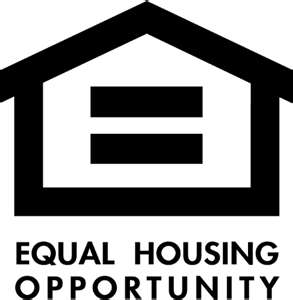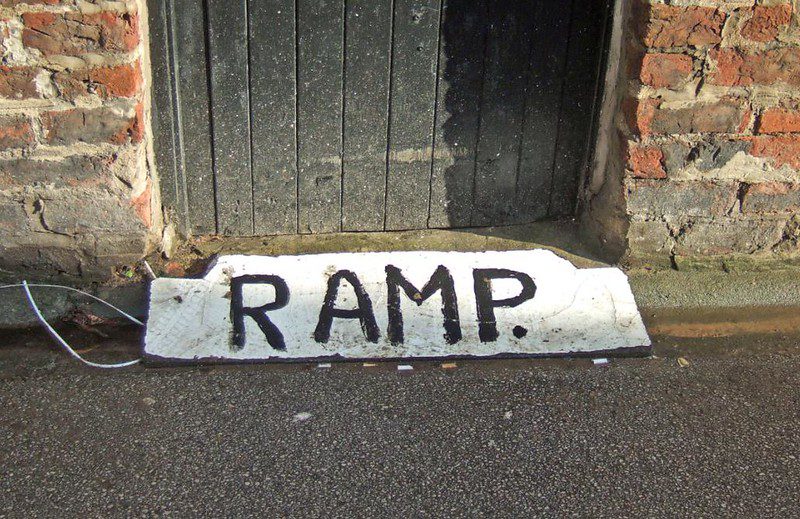On Feb. 8, 2013, the US Department of Housing and Urban Development issued a rule clarifying the circumstances under which certain housing practices may violate the Fair Housing Act (FHA) as a result of a discriminatory effect. Referred to as the disparate impact rule, this directive explains the longstanding prohibition under the FHA of practices that have a discriminatory effect even where there may not be evidence of discriminatory intent.
While the rule is new, the disparate impact standard is not. This rule does not change the substance of the law in any way. It simply clarifies a longstanding policy in fair housing enforcement and provides greater consistency, clarity, and effectiveness in fair housing enforcement efforts.
But in order to more fully realize the objectives of the law, it appears certain key misunderstandings must be clarified, particularly on the part of some housing providers.
Misunderstanding 1: It requires racial quotas.
One concern that has, mistakenly, been attributed to the FHA and related fair housing rules is that they virtually require housing providers, particularly mortgage lenders, to implement racial quota systems. In its editorial titled “The Loan Quota Rule,” (Jan. 27, 2012) the Wall Street Journal argued that HUD “is pushing through a rule to support racial loan quotas… forcing banks to lend to minorities.”
But this rule will not require a quota or any other specific remedy. It does require housing providers to offer evidence that a practice having a discriminatory effect serves an important business objective. So the rule increases, rather than reduces, the likelihood that mortgage lending, and the provision of other housing related services, will be based on objective evidence rather than subjective judgment, reducing the incentive to introduce anything like a quota system. The fact that evidence of intent to discriminate is not a requirement to establish that a given practice violates the Fair Housing Act does not translate into a requirement to meet any particular numerical target.
Why would any housing provider want to continue a practice that did have a discriminatory effect but served no business objective?.
Misunderstanding 2: It will require lending to unqualified borrowers.
A related concern is that the new rule will require lenders to make loans to unqualified borrowers, precisely the practice that (once again it is wrongly argued) led to the foreclosure crisis, undermining efforts to revitalize communities that have been adversely affected by previous, and possible future, crises.
The Fair Housing Act and other fair lending and fair housing rules require lenders and other housing providers to make loans and offer other services on the basis of objective, non-racial considerations. In the mortgage lending area, this has meant requiring lenders to use fair, transparent, and sound underwriting. The foreclosure crisis resulted from the many lenders who refused to do so. So-called “liar loans” where income was not verified (or worse, was fraudulently overstated) and other predatory practices resulted in many loans underperforming. That is what led to the housing bubble and foreclosure crises that followed. The settlement of recent lawsuits and administrative complaints against Bank of America, Wells Fargo, and other major financial service providers are illustrative. When Wells Fargo loan officers referred to predatory, high cost loans as “ghetto loans” for “mud people,” this hardly reflected sound underwriting.
Fair, objective, and non-discriminatory policies and practices are essential for any city to pursue successful community revitalization initiatives. For example, following Hurricane Katrina, the Greater New Orleans Fair Housing Action Center filed a lawsuit, against HUD, ironically, claiming that its Road Home program discriminated against African-Americans because assistance was based on the lesser of the pre-storm value of the home or the cost of repairs. Because property values were lower in African American neighborhoods many residents in those communities received insufficient support to rebuild their homes. No evidence of intent was provided, but the discriminatory effect was clear. A settlement was reached that enabled far more families, particularly in African American communities, to begin rebuilding their homes and their lives.
Misunderstanding 3: It is at odds with color-blind ideals and will encourage race-based decision-making.
Perhaps the most provocative interpretation of the new rule is, as Roger Clegg, president of the Center for Equal Opportunity, argued incorrectly in a letter to the editor of the Wall Street Journal (Feb. 2, 2012), “The disparate-impact approach… is flatly at odds with the color-blind ideals of the civil rights movement and the laws for which it fought.”
In fact, by clarifying the disparate impact standard, this rule will discourage race-based decisionmaking. By encouraging housing providers to justify, with objective evidence, their practices which have a discriminatory effect, the provision of those services will increasingly be based on fair and equitable criteria rather than subjective and potentially discriminatory criteria. This will benefit both consumers and providers of housing and housing related services.
For example, in the 1990s several major insurance companies were the targets of lawsuits and administrative complaints because they frequently refused to insure older and lesser valued homes. Such homes, of course, tend to be concentrated in African American and Latino neighborhoods. Yet those rules were not effective in predicting losses resulting in claims paid by those insurers. Elimination of those underwriting rules created opportunities for residents of previously underserved communities to obtain coverage and for insurers to find previously untapped yet profitable markets.
Misunderstanding 4: It will encourage lawsuits.
Finally, there is concern that the disparate impact rule will encourage expensive, unnecessary, and often frivolous lawsuits. Again, by clarifying the longstanding policy and removing the inconsistencies in the enforcement of the disparate impact standards, lawsuits should be minimized. Providers of housing and housing related services will be better informed about the requirements of the law thus enabling them to more effectively avoid legal action. Such enhanced voluntary compliance will result in the initiation of fewer lawsuits. In addition, courts have tools available to readily dismiss truly frivolous lawsuits.
By clarifying what the law requires, HUD’s disparate impact rule will resolve many of the current misunderstandings of the Fair Housing Act, resulting in far fewer legal actions. One consequence will be the targeting of scarce enforcement resources to those cases where there are more likely to be violations, thus enhancing the efficiency and effectiveness of fair housing law enforcement.
A portion of this essay was published under the title “Disparate Impact Rule Works, Critics Notwithstanding“ by the American Banker, Feb. 14, 2013.






For why the disparate-impact approach to FHA enforcement is bad law and bad policy, see this amicus brief filed with the Supreme Court last year:
https://www.jdsupra.com/legalnews/brief-amicus-curiae-of-pacific-legal-fou-74521/